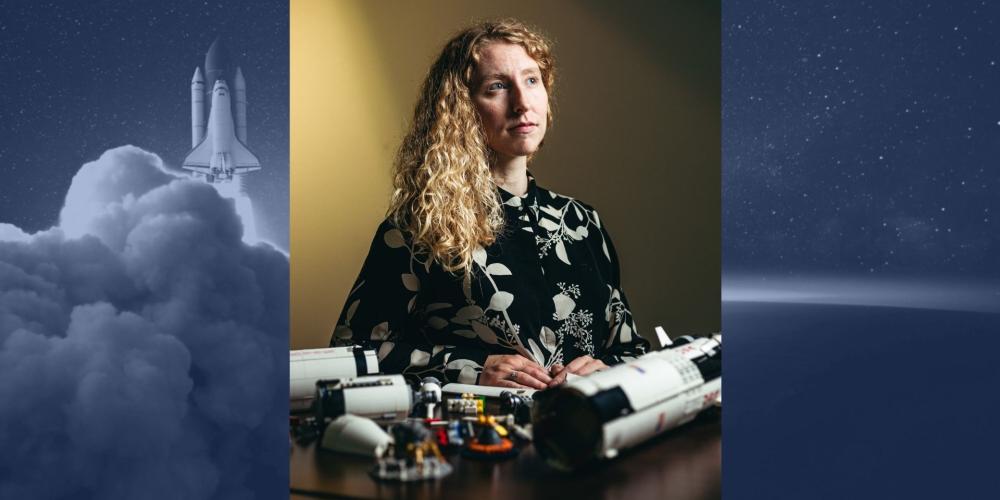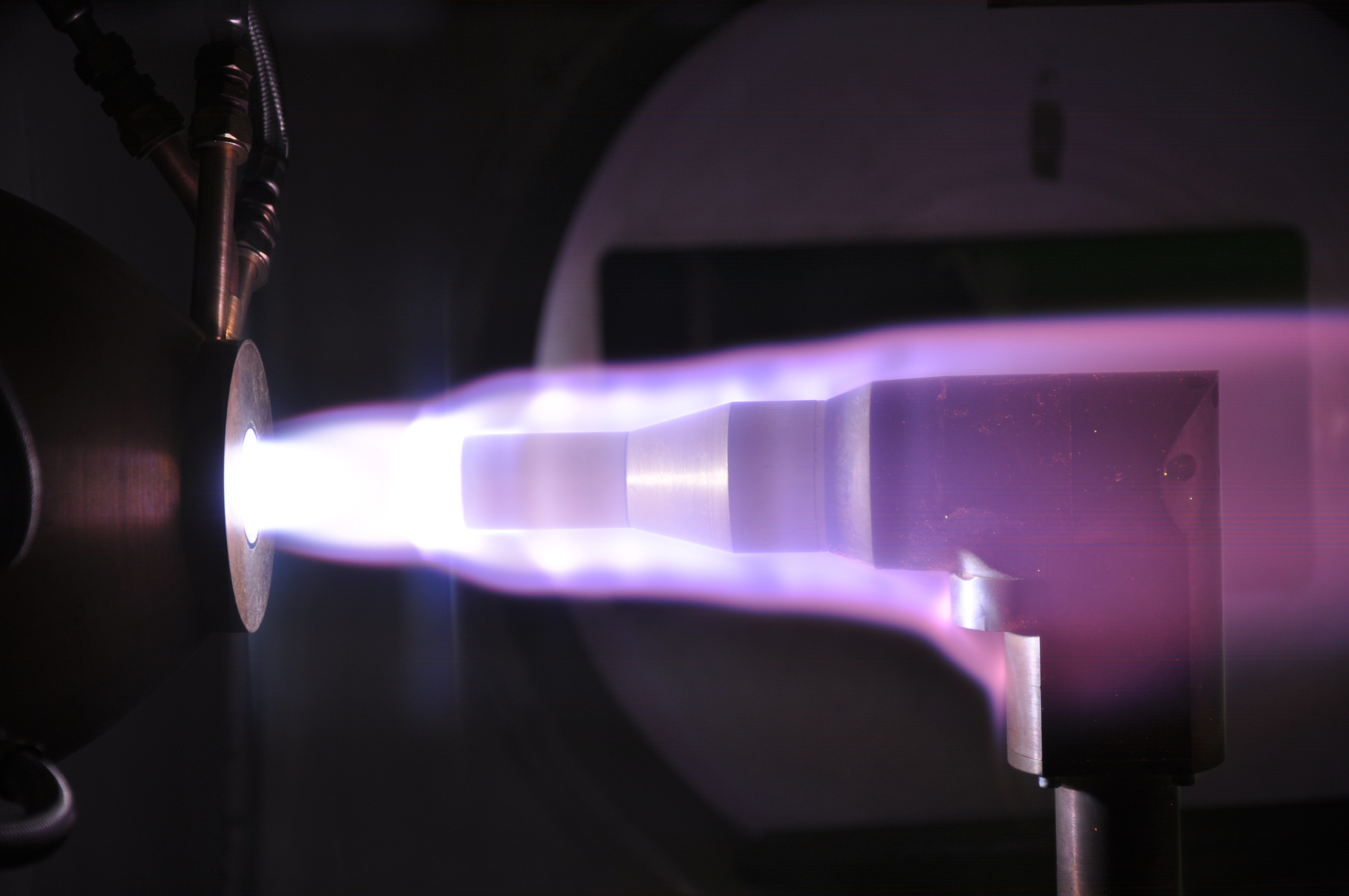
A journey into space, like the one Belgian astronaut Dirk Frimout was part of 30 years ago, is a tricky undertaking and, in a disaster scenario, a lot can go wrong. Crucial to the safety of launching a spacecraft and bringing it back down to Earth is the heat shield, which protects it against extreme heat when it leaves the atmosphere and heads for space, and when it re-enters our stratosphere. VUB has a lot of expertise in this field. Assistant professor of applied mechanics Aurélie Bellemans is aiming to simplify very complicated computer models for calculating heat shield design by using artificial intelligence and machine learning processes. Her colleague Enrico Anfuso received a Frank De Winne grant from the Research Foundation – Flanders in December. He is exploring materials that can be used in heat shields.
“When a rocket returns to Earth, the high speed converts a significant amount of kinetic energy into heat,” Bellemans explains. “We are talking about speeds in the order of 10 kilometres per second. The return to the atmosphere creates a shockwave, where the temperature can reach thousands of degrees. It is therefore very important to accurately predict the heat produced in order to protect the capsule and the astronauts. We also want the heat shield to be precisely tailored: if it is too thick it will be expensive and heavy; if it is too thin it will be dangerous. The right design also plays an important role in this.”
Faster calculation
Bellemans is mainly concerned with the calculations for the heat shields. “The existing models are not perfect,” she says. “In the first phase of the research, we are trying to optimise those calculation models and above all make them lighter, so that less computing power is needed for those complicated calculations. Because only if we know the heat produced can we determine the thickness of the TPS [Thermal Protection System] required. We are investigating new data-driven methods to develop reduced computer models that can be used to speed up the calculations in space.”
To see if those models also hold up in practice, the calculated data will be tested in a simulator. Bellemans’ VUB colleague Enrico Anfuso works closely with Antwerp Space and the von Karman Institute in Brussels, where they have the use of a plasma wind tunnel. He makes the link between the calculations and plasma experiments for better ground-to-flight extrapolation.
Here, too, they use machine-learning techniques such as neural networks. Bellemans: “In such a wind tunnel, the conditions of a return through the atmosphere can be simulated, including the high temperatures. One of the things Anfuso looks at there is the degradation processes of test materials when exposed to such high temperatures. At the same time, our mathematical models are calibrated during the wind tunnel experiments.”
Continue reading below the picture Picture: plasma wind tunnel at the von Karman Institute for Fluid Dynamics.
Picture: plasma wind tunnel at the von Karman Institute for Fluid Dynamics.
The unexpected properties of cork
Anfuso also tests various materials for their heat resistance and found an unexpected material: cork. “Cork turns out to be very heat-resistant, because when it is heated, a layer of burnt material ensures the rest of the material remains more or less intact,” says Bellemans. “That doesn’t mean we will be covering rockets with cork any time soon. But perhaps we will find other useful applications.”
Anfuso’s research also fits in with the European Space Agency’s new research line on removing space debris. Bellemans: “There is a lot of space debris floating around the Earth that will sooner or later find its way back to the planet under the influence of gravity. We want to be able to calculate which space debris could pose a risk on Earth.”
On the occasion of the 30th anniversary of Dirk Frimout's space journey (March 1992) and the 20th anniversary of Frank De Winne's space journey (October 2002), VUB and ULB welcome an international space delegation in October 2022. In collaboration with Belgian Space Week, we invite students from the third grade of secondary school to an inspiring programme about space.